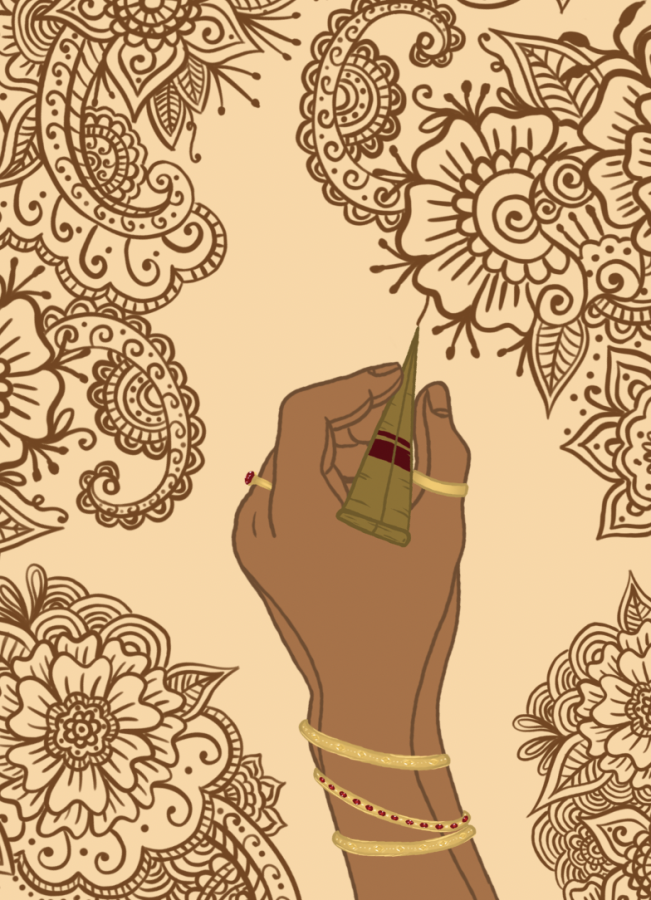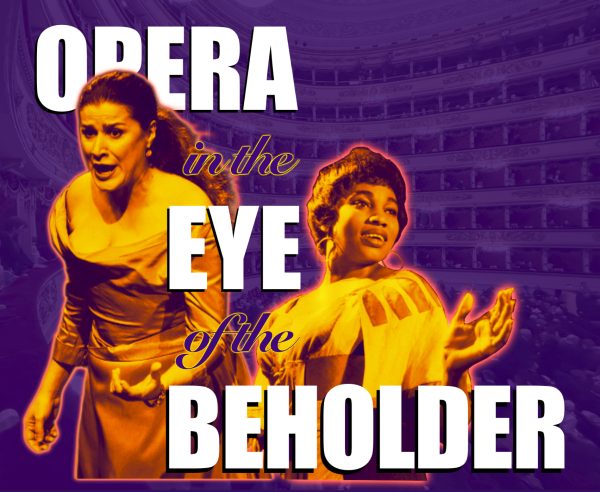The Stain of Ignorance
The westernization of henna can, at times, be seen as controversial
Henna, traditionally known as Mehndi in the Indian subcontinent, has recently seen an uptake in popularity through current media. Henna has been a staple aspect of upbringing for many south Asian people. Henna paste, made from crushing henna plant leaves, was originally used in ancient India to draw intricate patterns that stain skin temporarily and was later popularized in South Asia as a style of art. Recently, henna has begun to gain more popularity for purposes other than its founding cultural ones.
Henna plays an integral role in Indian festivities such as weddings and birthdays because of its symbolism.
“In different parts of the world, [henna] means different things, but it all boils down to prosperity,” Priti Argawall, a local Bay Area henna artist of 35 years, explained. “During the summer months, monsoons come, and that is when the henna plants come out.”
Traditional henna designs additionally have a rich history and cultural relevance.
“Young girls get together and ornate each other with fresh leaves and flowers in henna,” Argawall said. The designs are mostly flowers, which symbolize prosperity.”
Traditional henna designs were not always as detailed as most are today. The ancient form of body art continues to evolve, much like other art styles.
“When I first started doing henna, it was applied using a stick. Most of the designs were dots [that formed] a design,” Argawall said. “Now, [the designs] are more intricate. For example, modern [wedding henna] shows a specific moment in time like when the proposal was or where the couple met.”
Since arranged marriages are the most common form of union in India, the bridal henna offers a way for future spouses to get to know one another.
“Some people hide the spouse’s name in their henna so the spouse can find their name…which requires talking and touching,” Argawall said. “It‘s a way of breaking the ice.”
In India, henna offers more than beautification; it is deeply rooted in culture and traditions. However, henna has increasingly been used solely for cosmetic purposes in the west.
During the “henna freckle trend” of 2020, the popular social media app TikTok was full of creators using henna paste on their faces to create fake freckles. Many people still use henna for this purpose, as there are an abundance of videos and tutorials on how to create henna freckles on TikTok and YouTube.
Some people, including Palo Alto High School junior Sirisha Mitra, have negative views on henna’s rise to western popularity.
“I think that it’s a little bit unfortunate the way in which henna became so popular,” Mitra said.
Many people who partake in the henna freckle trend are using henna that contains chemicals and preservatives, which can damage the skin and leave permanent scars.
“I think that is one of the negative things about henna becoming popular—people are using non-natural henna that they get at a beach or fair,” Argawall said. “It’s important for people to get henna [from] people who understand it.”
Some people, such as Hong Kong International School junior Anya Shah, believe that henna can be used for non-traditional cosmetic purposes in some circumstances.
“Many people have called [the henna freckle trend] cultural appropriation, so it’s inclined to bother me, but then I feel like there’s no reason for it to,” Shah said. “It’s a way to get freckles [effectively] and I think it looks really cute on people.”
The bigger issue with henna’s newfound western popularity is how south Asian people are still facing discrimination for expressing traditional designs.
“What really bothers me more is that there are so many ways where [Indians] have been made fun of for having henna because they were Indian and because it is a cultural thing,” Shah said. “But when it’s used for a completely non-traditional or non-cultural purpose, it’s considered cool. Why was it not a beautiful thing when they were doing it for cultural reasons?”
Some western henna users have little to no knowledge of henna’s cultural background, further leading to cultural appropriation.
“It feels as if there is not enough credit given to Indian culture for this creation,” Mitra said. “I think [when using henna] there should always be that core appreciation and respect for Indian culture.”
When used in a culturally respective way, henna can be properly respected and attributed to Indian culture.
“I think that it starts by doing [henna] with a hint of Indian culture with it, because I think that’s actually using it for the right purpose,” Shah said. “You’ll also find that it’s quite beautiful and a really nice tradition. Then, I think that people would really be able to see how beautiful it is and learn to appreciate it that way.”
Print Issue
Please click on the three vertical dots on the top right-hand corner, then select “Two page view.”

2022-2023 - Staff Writer
I joined C Mag because I always loved reading the issues, I thought they were so unique and I wanted to be part of that creative...







